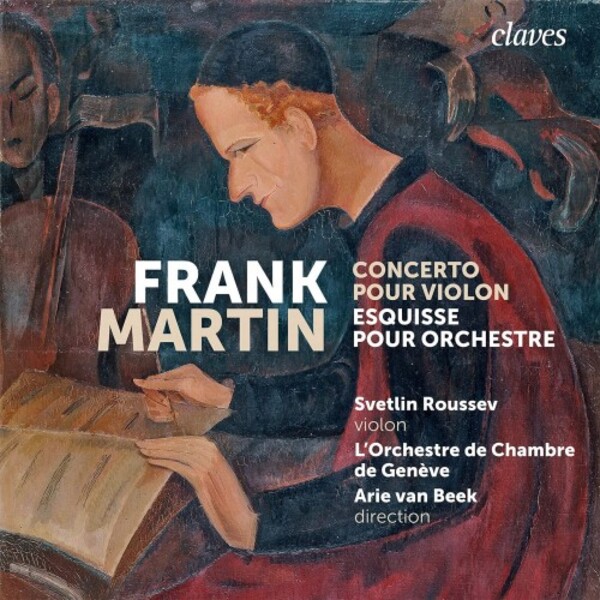
Martin - Violin Concerto, Esquisse
£13.25
In stock - available for despatch within 1 working day
Despatch Information
This despatch estimate is based on information from both our own stock and the UK supplier's stock.
If ordering multiple items, we will aim to send everything together so the longest despatch estimate will apply to the complete order.
If you would rather receive certain items more quickly, please place them on a separate order.
If any unexpected delays occur, we will keep you informed of progress via email and not allow other items on the order to be held up.
If you would prefer to receive everything together regardless of any delay, please let us know via email.
Pre-orders will be despatched as close as possible to the release date.
Label: Claves
Cat No: CD3017
Format: CD
Number of Discs: 1
Genre: Orchestral
Release Date: 2nd July 2021
Contents
Artists
Svetlin Roussev (violin)L’Orchestre de Chambre de Genevre
Conductor
Arie van BeekWorks
EsquisseViolin Concerto
Artists
Svetlin Roussev (violin)L’Orchestre de Chambre de Genevre
Conductor
Arie van BeekAbout
In Frank Martin’s youth, Geneva’s musical life was very much oriented towards Germanic music, the works of the great German masters being those that were mainly played. Although Frank Martin, naturally gifted for music, did not follow the official teaching, he studied privately from 1917 onwards with Joseph Lauber (1864-1952), a musician trained at the Zurich Conservatory. Lauber was not indifferent to the novelties brought by French composers at the beginning of the 20th century. He introduced his pupil to the works of César Franck (a Belgian, admittedly!).
For Frank Martin, who had already turned 25 and composed several pieces, this was a revelation. So was the discovery of the music of Debussy, Ravel, Duparc, Fauré, not forgetting Stravinsky, whom Ernest Ansermet – founder of the Orchestre de la Suisse Romande in 1918 – regularly included in his programmes. Frank Martin was bewildered by these harmonic and rhythmic novelties. His quest for a highly personal style and language lasted for some 20 years, until the turn of the 1940s when he composed Le Vin herbé. According to Martin himself, this secular oratorio “was the first important work in which I spoke my own language”. These two decades were nevertheless punctuated by works which all revealed, to varying degrees, many of the composer’s original traits. Some were only modest pieces such as Pavane couleur du temps (1920), others more ambitious works such as La Nique à Satan (1931) or the Symphonie pour grand orchestre (1934).
Error on this page? Let us know here
Need more information on this product? Click here